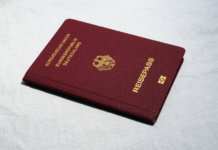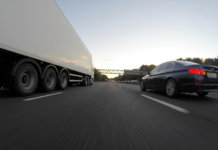Think you’re an Autobahn expert? Check out eight things about one of the world’s most famous roadways you may have never known before (via the Local).
1. Germany’s love affair with speed goes waaaaay back
Officially, the national speed limit on many sections of the German motorway was abolished in 1952.
Before World War II, speed limitations were existent, but higher than some places even today. For example, a stretch of highway between Colonge and Bonn had a speed limit of 120 km/h in 1932—8 km/h faster than the current speed limit in Britain.
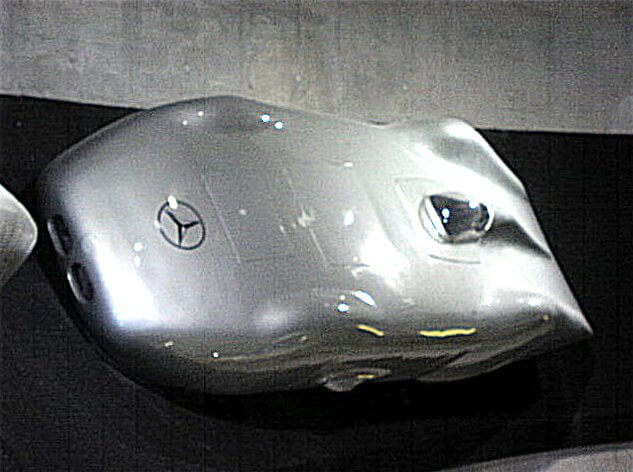
And, perhaps one of the most interesting facts of all is the highest speed recorded on the Autobahn was set more than 75 years ago! Racecar driver Rudolf Caracciola was recorded driving at 432.7 km/hour in 1938 in a Mercedes W125.
Can you imagine?
2. The Autobahn is long—more than ¼ of the earth in fact
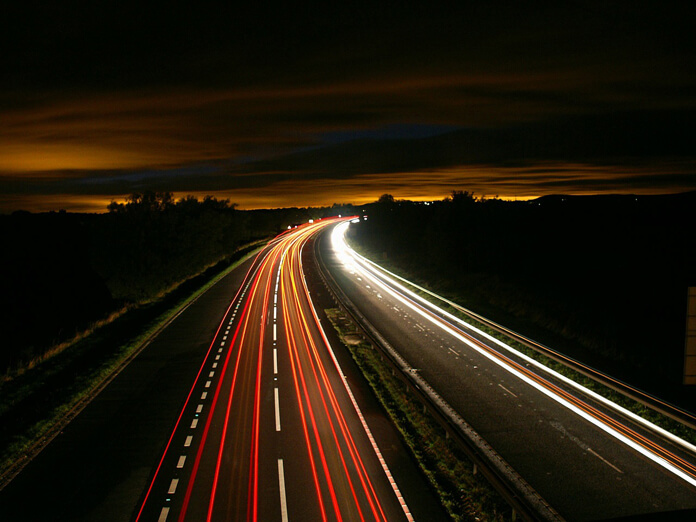
Construction began in 1913. The first stretch was a mere 20 km. By 1929, the first car-only route opened between Düsseldorf and Opladed. During the Nazi regime, Hitler heavily invested in the German highway. By 1939 it reached 2,995 km in length.
With reunification in 1990, the Autobahn catapulted to a length of 8,800 km as the east and west was joined. Currently, the length is an impressive 12,850 km—more than one quarter of the circumference of the Earth.
3. It can also serve as an airplane-landing pad in a pinch
During World War II, portions of the road were used as auxiliary airstrips. Today, they are still strong enough to support the weight of a plane.
In fact, many sections of the road are built to be double the thickness of other highways. Something’s gotta support the weight of cars driving at record breaking speeds, right?
4. The autobahn is not completely speed-limit-free
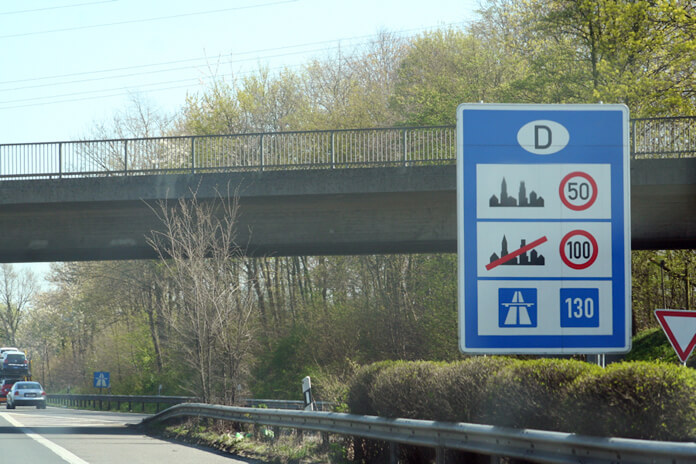
Large portions of the roadway do indeed boast a speed limit. Even in stretches without one, it is recommended to stay below 130 km/h. When you get closer to cities, junctions or construction, also expect to reduce to between 90 and 120 km/h.
5. One crash involved more than a 200-car pileup
In 2009, a crash near Hannover involved 259 cars. Many were injured, but thankfully no one was killed.
6. But in fact, the Autobahn is considered safer than US highways
While many may think that a speed limit would ensure less accidents and fatalities, that surely isn’t the case for Germany.
Average fatalities per billion km travelled is 4.5 in the U.S. In Germany? Just 2.7. And, only 10% of fatal accidents actually happen on the Autobahn in Germany. Most happen on local roads or within city limits.
7. Germany spends more than twice that the U.S. does on its highways
A culmination of regular, quality maintenance and thorough driving tests may be the reason behinds Germany’s low crash rates. On average, Germany spends €825,000 per mile of road annually—double that of the U.S.
8. The longest section without speed controls is between Hamburg and Berlin
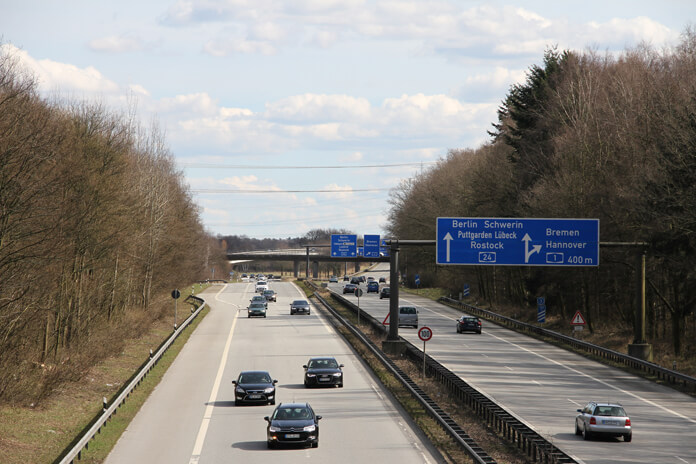
Speed addicts can get from Hamburg to Berlin in under 2 hours! Of the total 237 km on the route, 150 have no speed controls.

